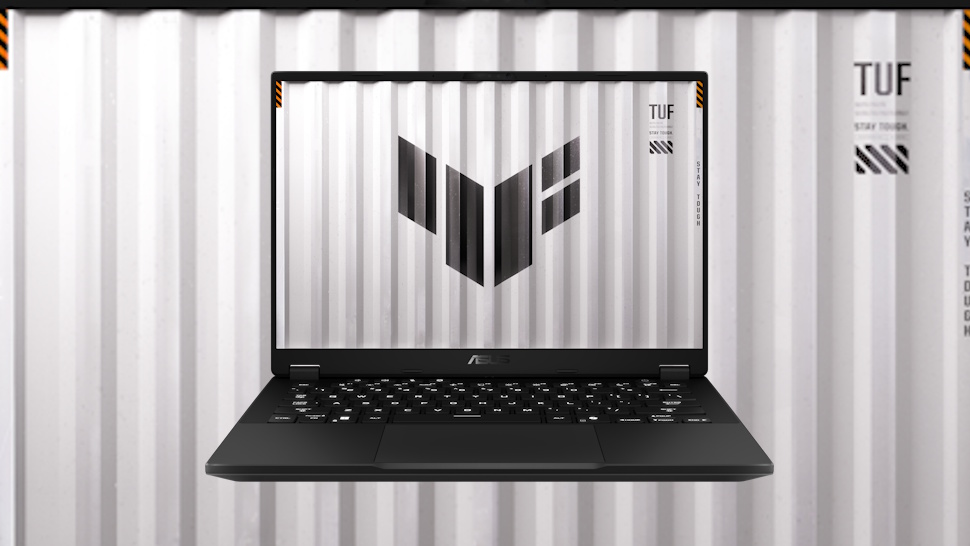
TCL Q85H Review
Over the years, TCL has transformed itself into a household name in the TV space thanks to a lethal combination of quality performance and low cost compared to its competitors. In the future, it may do exactly that with soundbars. But today is not that day.
TCL’s new Q85H is a 7.1.4 soundbar system that slaps Dolby Atmos capabilities and Apple AirPlay compatibility onto its spec sheet, but in reality fails to justify its $1,000 price tag. Worse yet, it doesn’t match up particularly well with soundbars below its weight class, many of which can be found in our guide to the best soundbars. There’s a few things to like, namely its sleek design and decent performance when it comes to music, but the Q85H just can’t be trusted to provide a good home theater experience.
TCL Q85H – Design and Features
To its credit, TCL’s Q85H soundbar at least masquerades as a high-end system thanks to its sleek design. It’s not the most physically imposing soundbar – that honor typically goes to Samsung’s behemoth flagship systems – but it does sport a nice gloss finish to each component. I likened them to the aesthetic of popular A/V brand SVS and its lineup of powerful subwoofers and tower speakers. That’s good company for TCL to keep, if only from a design perspective.
The system’s rear satellite speakers don’t give you a ton to work with in terms of power cables, but they should be long enough for most folks to find a nearby outlet in the back of their living room or listening space. The included subwoofer and its 6.5-inch driver arrive in a decent-sized cabinet, but not big enough that you might struggle to fit it into the mix somewhere in your room. The final part of the ensemble, the Q85H’s remote, offers an array of basic controls to (try) and customize the sound you get from the system.
Connection-wise, the Q85H is outfitted with a fairly standard setup. It’s of course got an HDMI 2.1 eARC port, as well as Bluetooth 5.1 connectivity and WiFi availability. With that WiFi comes Apple AirPlay support which, while neat, is the only such feature that TCL lists in its spec sheet. Other flagship soundbars offer additional features like Google Chromecast support or compatibility with various smart assistants. Those aren’t exactly required reading to qualify as a great soundbar, but they certainly don’t hurt to have.
Purchasing Guide
The TCL Q85H carries an MSRP of $999.99, but can frequently be found on sale for $599.99 at Amazon and Best Buy.
TCL Q85H – Performance
For the better part of two weeks, I tried every single thing I could think of with the Q85H. I repositioned the rear speakers. I did the classic sub crawl, putting the subwoofer itself in my preferred seating position and crawling around the room to try and find where it performs best. I poured over every button on the remote, every setting in TCL’s lackluster app and even TCL’s AI Sonic room calibration feature in an attempt to get the Q85H to respond in some way, but I couldn’t escape the inevitable. This soundbar system sounds bad.
From the outset, the audio lacked meaningful detail when watching everything from Marvel’s new Agatha All Along series to A24’s Civil War. But if the buck stopped at poor definition in the audio department, I honestly could have lived with that. Instead, I was met with unbalanced audio that swallowed dialogue for the sake of ungodly loud action sequences, a subwoofer whose sloppy bass notes eked their way into all of the system’s other channels, and rear speakers that constantly filled the back of our room with some weird reverberation of the scene’s dialogue instead of, you know, playing actual surround sounds to add a sense of immersion to the experience.
The cherry on this unfortunate sundae was that TCL offers a limited grouping of settings to tune things with, and the ones that are there don’t work very well. I didn’t have the ability to adjust the levels of different channels (pretty standard for most high-end soundbars), which would have been great for the purposes of dialing back the subwoofer specifically, pumping up the center channel, or minimizing the rear channels and boosting the system’s four height channels to try and hear some semblance of Dolby Atmos audio. What I got instead were buttons for treble and bass, each with low, medium and high settings. I got “Voice” and “Surround” buttons that I could toggle on and off, though they didn’t seem to do much of anything. And I got six similar-sounding preset EQs to switch between: Standard, Movie, Music, Voice, Game, and Sports.
If there was a glimmer of hope in this soundbar’s performance, it’s that music can sound decent as long as you properly strong arm the Q85H’s limited array of settings. With the bass as low as possible, treble up, and the Music EQ setting in place, I found enjoyable sound with tracks like Jelly Roll’s vocally-driven I Am Not Okay, Chappell Roan’s poppy HOT TO GO or the bass-forward hit that is Kendrick Lamar’s Not Like Us.
TCL Q85H – The Competition
For the money you might spend on the TCL Q85H, you have plenty of alternatives to choose from. The Sonos Arc is a juggernaut in all things audio, and it makes up for its lack of rear speakers or subwoofer with incredible Dolby Atmos sound and an immersive soundstage, not to mention the option to expand into Sonos’ deep ecosystem of audio products at will. For something a little more traditional, Vizio’s Elevate 5.1.4 soundbar system offers all of the components that come in TCL’s package, but with far better sound for about half the price. And if you want to spend a few more bucks, you can get a total workhorse of a cinematic system in Samsung’s flagship HW-Q990D or slightly older (and cheaper) HW-Q990C.








